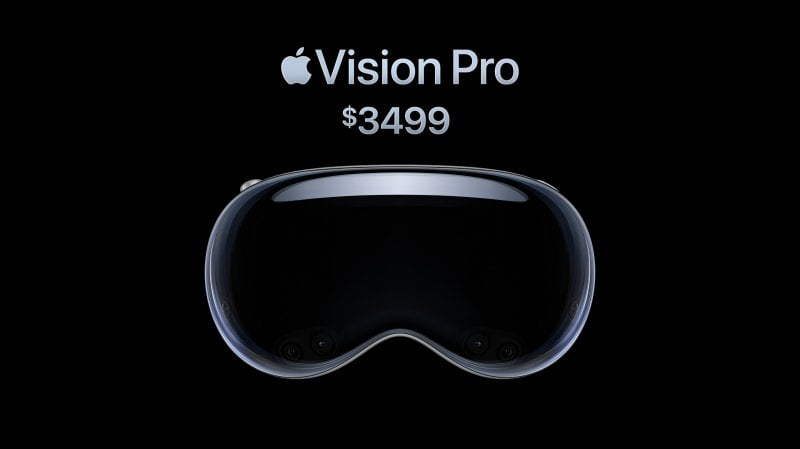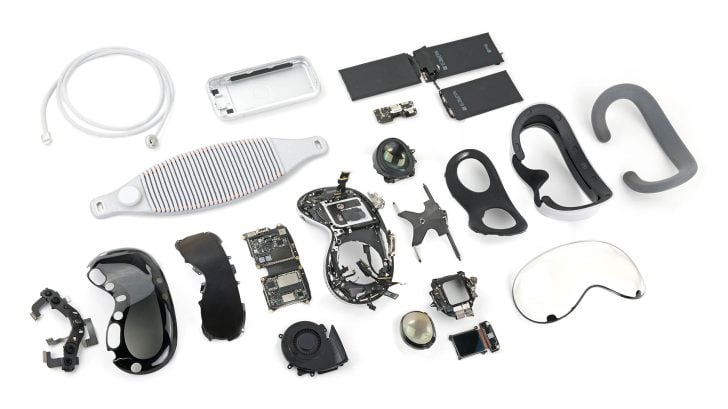Each Apple Vision Pro unit costs the manufacturer more than $1,500, according to new data, with micro-OLED panels accounting for the largest expense.
The new Apple Vision Pro is becoming an increasingly central topic in discussions in the technological world.
However, the debate often shifts away from its distinctive features, such as capabilities in virtual and augmented reality, to focus on factors such ashigh cost of the product.
Currently only available in the US starting at $3,499 for the base 256GB model, the headset undoubtedly represents a significant investment.
Now, some in-depth analyzes are trying to answer the question how much Apple actually spends to produce its headset.
Following this research, the total cost of materials exceeds $1,500.
The report indicates that the majority of this spending is attributable to the high-resolution, pixel-dense 4K micro-OLED screens, designed by Apple to deliver a superior viewing experience in the field of augmented reality.
Figures in detail
The analyzes are based on recent information reported by CNBC, which in turn cites a study conducted by Omdia.
Apple, as is plausible, does not publicly disclose hardware production costs, so what follows represents a mere estimate.
Cupertino would spend around $1,542 to produce each Vision Pro, that is just under half of its selling price.
Of this sum, approximately $450 is earmarked for the construction of the two 1.25 inch micro OLED display of Sony present in the viewer.
What has been estimated by Omdia is as we said the '”Bill of Materials” of Apple Vision Pro, which is a figure that reflects only component costs, excluding Apple's research and development, packaging, marketing, or profit margin.
Over 30% of the total of this figure is therefore represented by the cost of the screens; further expenses that contribute to increasing costs include those relating to the Apple M2 processor, which constitutes the vital core of Vision Pro, to which must be added those for the inclusion of the second Apple R1 processor, in addition to those for the materials used in the body and in the holder, as well as for the battery.
Luxury panels
Although the estimates do not provide details on the cost of the chips, it is reasonable to assume that the difference between them and the displays is important, especially considering that the M2 processor It's also used in several portable MacBook options, costing significantly less than the Vision Pro's $3,499.
In the future, Apple plans to involve more panel manufacturers: it is thought to be at least two Chinese display suppliers not well identified, in order to reduce costs.
It is also clear that in order to maintain its leading position in this category, a key for Apple will be to introduce more accessible solutions.
Previous information suggests that the budget version of Apple Vision Pro could debut in 2025 at best, featuring some reductions, such as a lower quality display and the use of an iPhone SoC instead of a Mac one.
One analyst has predicted that the Apple Vision Pro will not enter large-scale production until 2027, with its release and that of the lower-cost model contingent on the company's ability to reduce component costs in the future.
#Apple #Vision #Pro #production #cost #high #due #displays


